General Garden Maintenance
Page updated on: 02/10/2024
Weed Control – use a garden fork, strimmer/brush cutter or garden hoe. Weeds can also be treated with chemical herbicide to prevent regrowth. Some invasive weeds may require several treatments. When using chemicals, always follow the manufacturers guidelines carefully. Best treated when in leaf, on a dry day, spring to autumn.
Use this link to help identify common garden weeds
www.rhs.org.uk/advice/common-weeds
Hedge Pruning – use hedge cutters, loppers, or garden shears to maintain the hedge at a height that is manageable for you. Most hedges will tolerate hard pruning and will require regular pruning within the growing season. (Spring to Autumn)
Use this link for more advice on hedge pruning
www.rhs.org.uk/advice/profile?pid=352
General tree and shrub pruning - use loppers, shears, or hand saw. Many garden trees/shrubs require very little maintenance. Prune to remove low branches over garden paths and prune away from building or structures to gain sufficient clearance. For shrubs, as a general rule, prune after the plant has flowered.
Use these links for more advice on tree and shrub pruning
- www.rhs.org.uk/advice/profile?pid=233
- www.rhs.org.uk/advice
- www.trees.org.uk/Help-Advice/Help-for-Tree-Owners/Guide-to-Tree-Pruning
Lawn Maintenance – regular mowing is required within the growing season
- The height of the blade should be raised for the first month (March – May)
- The heigh of the blade can be lowered (May – August)
- Raise the height again for the remainder of the growing season
- Mow less frequently during very dry (drought) conditions when the grass is not growing much
Ivy Removal – use loppers or hand saw. Whilst not always a problem, Ivy can become a nuisance in the wrong location. Sever ivy at the base to prevent it growing into the crowns of trees or against property walls. Ivy can move roof tiles and cause water ingress! Any re-growth from the base can be treated with herbicide.
Small Trees (self-set small trees) – These are best tackled in the early stages of growth, when they are small enough to be pruned/removed. Use loppers, a handsaw, or a garden spade. Not all trees end up in desirable locations. Certain tree species are extremely efficient at creating and distributing seeds. These seeds can be carried by the wind, birds, or animals. Ash and Sycamore are good examples of trees which have the potential to generate numerous offspring, we call these trees self-set. Self-set trees should be removed by you if they are within close proximity to garden structures, buildings or wherever they are not wanted. Each small sapling has the potential to grow into a mature specimen.
